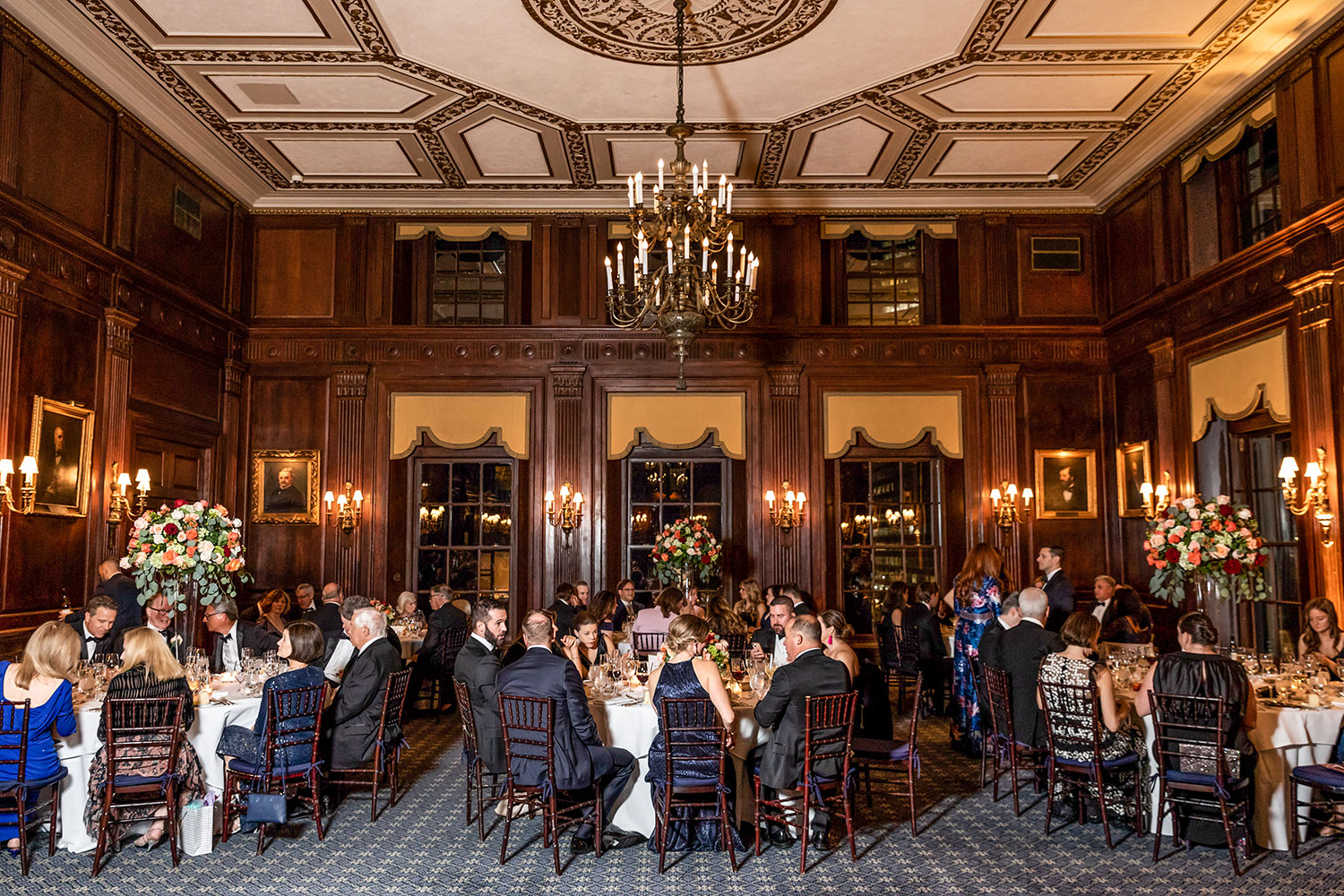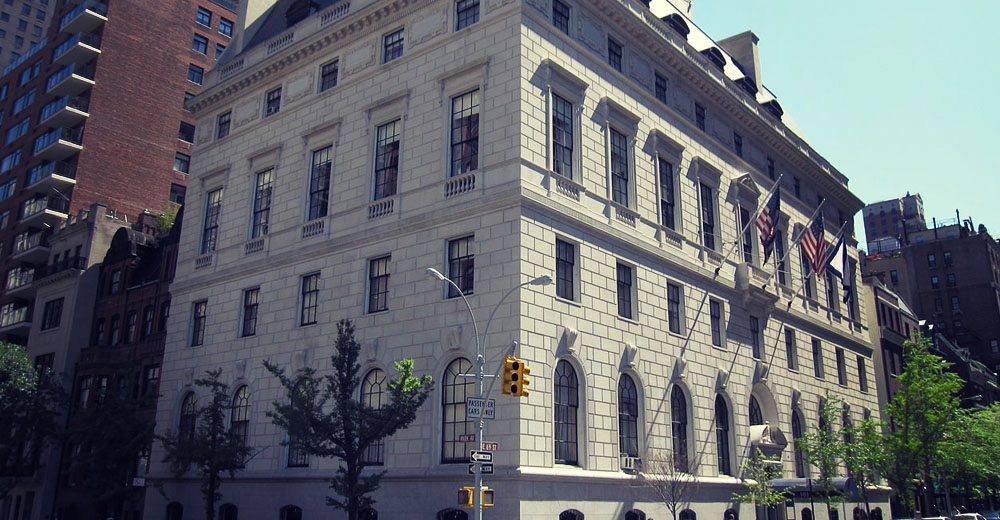New York City, USA, is synonymous with guarded entrances, from exclusive clubs and high-end eateries to the elusive gates of private schools. But the most challenging doors to breach are said to belong to the city’s private clubs, which have stood as bastions of the elite since the early days of American aristocracy. Gaining entry into these enclaves can come at a price tag reaching hundreds of thousands of dollars, yet possessing wealth alone doesn’t guarantee access. Lineage, heritage, and social standing also play decisive roles.
The roster of club members remains shrouded in secrecy, and newcomers must navigate a convoluted vetting process.
Union Club
To this day, the Union remains exclusively male. Among its distinguished members are Dwight Eisenhower, Ulysses S. Grant, William Randolph Hearst, John Jacob Astor, Cornelius Vanderbilt, and Dominick Dunne.

In terms of prestige, none can eclipse the city’s pioneer club: the Union Club.
Established in 1836, the Union holds the distinction of being the fifth-oldest private club in the city. The club extended invitations to join to an inaugural cohort of 250 individuals deemed the quintessential “gentlemen” of New York. These were individuals from families who, as Fortune magazine phrased it in 1932, embodied “real men, not men” – not necessarily pursuing professional or financial pursuits.
Interest surged, leading to an elongated waiting list that at times spanned two years. Even as membership expanded to 400, the standards grew ever more stringent. The Union changed venues multiple times before settling into a limestone edifice in the heart of Manhattan’s opulent “millionaire district,” at Park Avenue and 69th Street, in 1933.
This edifice is renowned for its opulence and meticulousness, boasting five dining rooms, numerous bedrooms, a cigar humidor housing over 100,000 cigars, a gaming room, a library, a lounge, and even a football field. Mobile phones are strictly forbidden, and the club enforces a rigorous dress code, mandating jackets and ties at all times. White attire and collared shirts are the rule on the squash court, and even spectators must use the service entrance.

The club’s conservative, monopolistic ethos prompted some members to depart and establish other private clubs. Among them was banking magnate J.P. Morgan, who founded the Metropolitan Club in 1898 after his associates were denied Union membership.
Presently, the Union Club boasts approximately 1,500 members. As of 2020, the annual club dues amount to $7,680, accompanied by an initiation fee of $14,000.
Metropolitan Club
Morgan took umbrage when his associate, the Chairman of the Erie Railroad Company, faced rejection from the Union due to an alleged impropriety involving cutlery. Likewise, Frederick Vanderbilt was incensed when his Union membership was revoked following a university dispute with another member that had transpired years earlier.

The Metropolitan Club, christened the “millionaire’s club,” emerged from the initiative of J.P. Morgan.
Morgan rallied this aggrieved contingent, giving rise to a new establishment colloquially dubbed the “millionaires’ club” by the press, as its founders represented the emerging class of “new rich.” Over the years, notable figures such as Ronald Reagan, Gerald Ford, Richard Nixon, Bill Clinton, and Salman Rushdie have featured among the club’s prominent attendees.
Founding members, including the Vanderbilts, Roosevelts, and Whitneys, each contributed $5,000 to procure the 5th Avenue parcel from the Duchess of Marlborough. The opulent interior of the club endures, featuring red velvet drapes, mahogany and velvet-clad walls, frescoes, chandeliers, stately marble staircases, and stained glass windows. The overall project cost reached $1.7 million and concluded in 1891 (equivalent to about $58 million today).

The premises encompass 22 bedroom suites, a bowling alley, a wine chamber, two card rooms, a billiards chamber, a lavish library, a breakfast area, a smoking chamber, and three grand dining halls. The club notably became the first in the city to admit women as full members, though they remain a minority today.
The exact annual club dues are not publicly disclosed.
The River Club
Since its completion in 1931, the Art Deco building on the East River has become known for housing and entertaining the elites of Manhattan society. The elegant five-story private club is located on the bottom floors of the “River House” – a 26-story residential complex so secretive that members are almost “forbidden” to use their names in public events. ads and listings.

Access to the club is also very difficult. Those deemed eligible to live at River House must then gain a second approval to join the organization. The first president of the club’s board was Kermit Roosevelt, better known as the second son of Theodore Roosevelt. The club boasts a wide range of recreational facilities such as tennis courts, swimming pools, squash, cafeterias, lounges and most appealing to early tycoons: a huge private marina for members docked their yachts.

The club’s 1932 list brought together the names of the major American families of that era: Astor, Roosevelts, Vanderbilts, Rockefellers, Morgans, and du Ponts. Most of the families know each other.